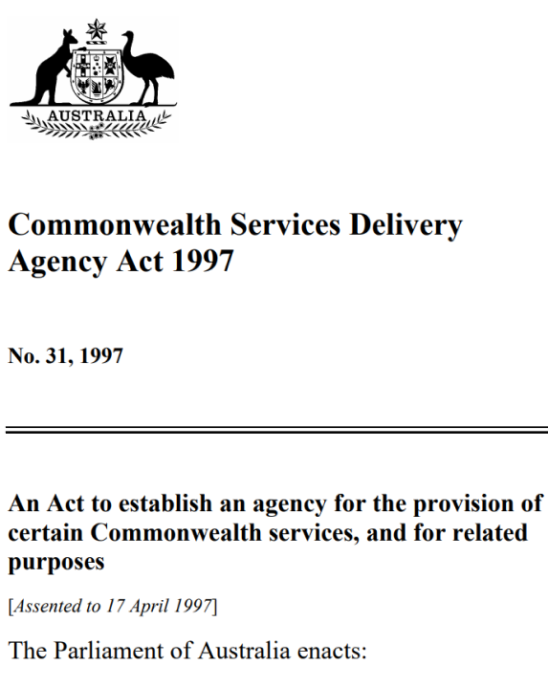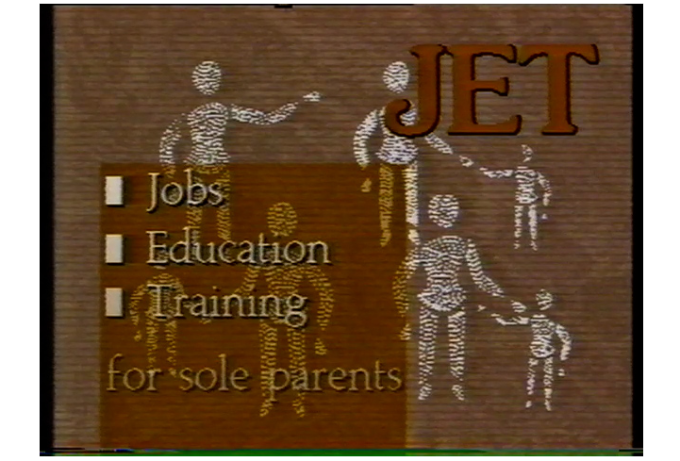1990s
In the 1990s, the Department of Social Security reflected on its history and further researched the effectiveness of its programs. These artefacts show the broad changes that were happening to social security policy at the time. They also show how the department communicated using Aboriginal and Torres Strait Islander-led videos and designs.
1990
DSS uses clear slogan in campaign
DSS used community scenarios on a poster to show when people needed to let the department know about changes of circumstances.
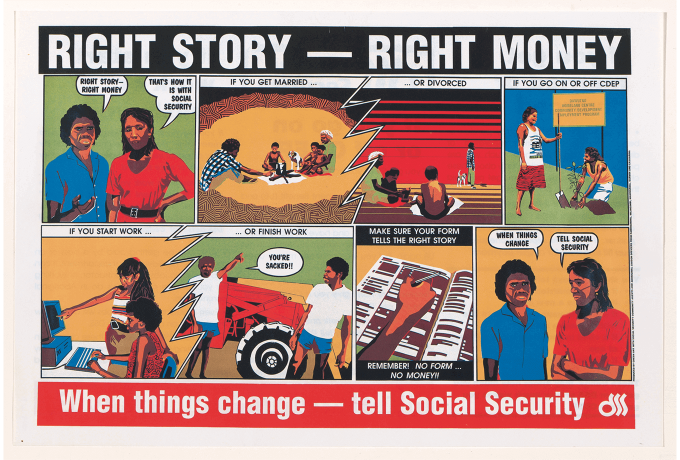
That’s how it is with Social Security.
That’s how it is with Social Security.
1990
Report bases advice on Aboriginal people’s experiences
DSS asked residents of Aboriginal communities in northern Australia whether social security met their needs, what problems they had getting payments and if any changes to the system were needed.
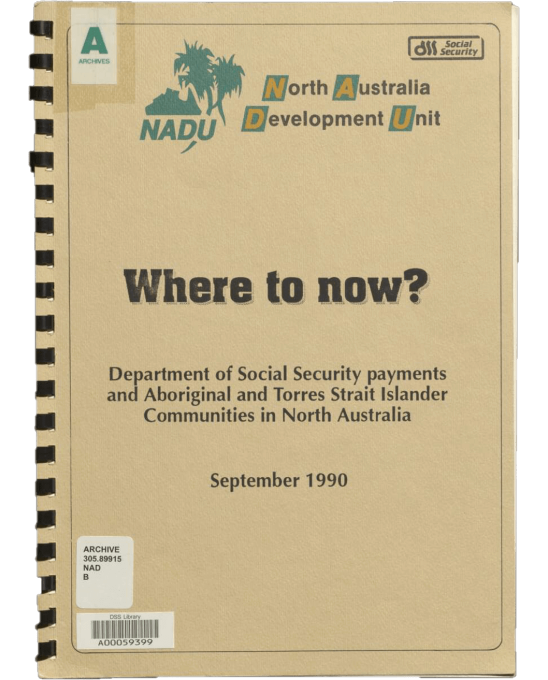
1990
DSS video promotes SNAP
To encourage uptake of the Support Network for Aboriginal Parents (SNAP) Program, DSS made a video to explain how it worked.
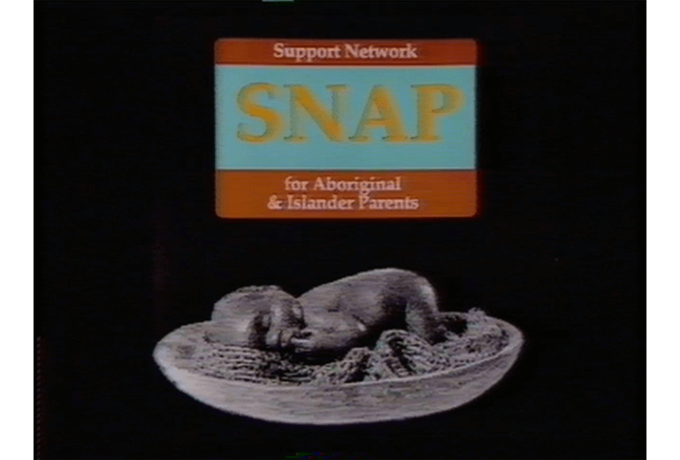
1991
DSS uses comic to explain a new payment
To give Aboriginal and Torres Strait Islander families information about a new payment, DSS worked with Aboriginal professionals to publish a comic.
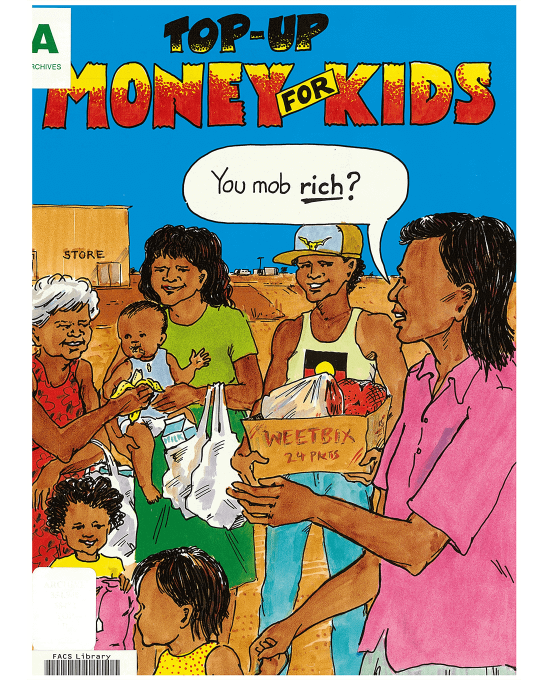
Helps a lot, Gertie! – with kids’ lunch money for school … with tucker … Your community is CDEP – You can get Top-up Money too!
Helps a lot, Gertie! – with kids’ lunch money for school … with tucker … Your community is CDEP – You can get Top-up Money too!
1991
Government simplifies Social Security Act
The government simplified social security legislation, with the intention of making it easier to understand. They also included passages encouraging positive change for Aboriginal and Torres Strait Islander communities.
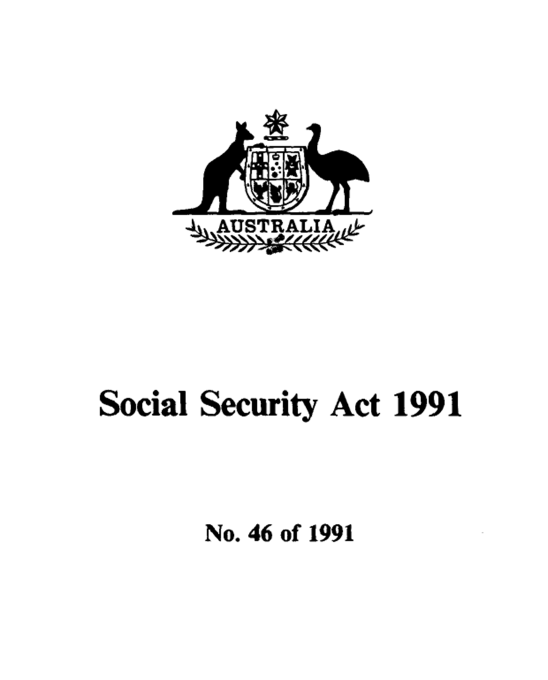
1991
DSS introduces Newstart Allowance
DSS used a colourful poster to introduce Newstart Allowance to Aboriginal and Torres Strait Islander people.
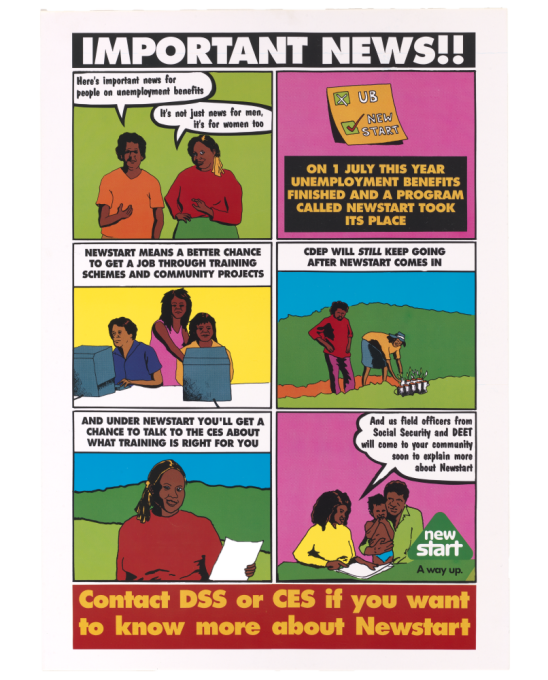
1991
DSS reflects on 50 years of social security
In 1991, DSS published histories of service delivery in a staff newsletter and annual report. Both pieces included information about Aboriginal and Torres Strait Islander servicing.
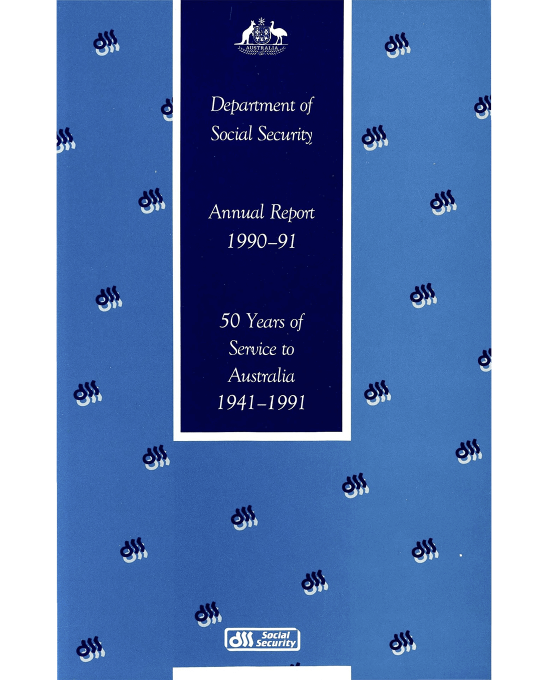
1991
Torres Strait Islands video uses local footage and languages
DSS made a video to inform Torres Strait Islander people about the payments they could get and how to apply. It was recorded in 4 languages.
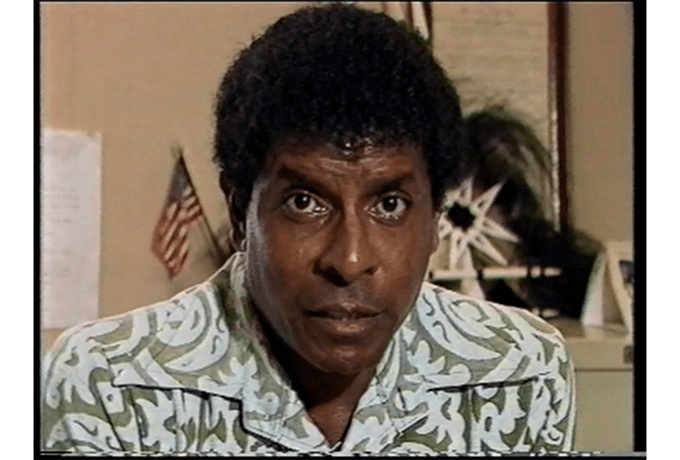
1992
Report suggests improvements to program supporting sole parents
A report into the JET Program for sole parents found government officials needed to work with Aboriginal communities to meet their needs instead of telling them what to do.
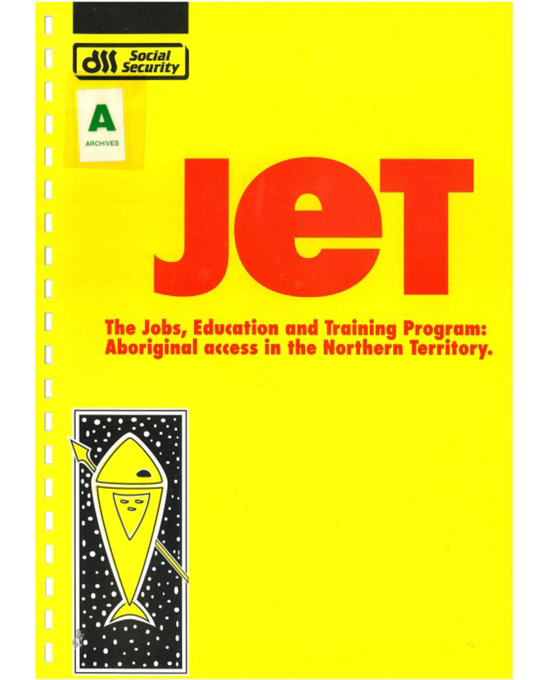
1993
ABSTUDY continues to help
In the 1990s, the government used posters with simple text to promote ABSTUDY, suggesting it was a well-known program by this time.
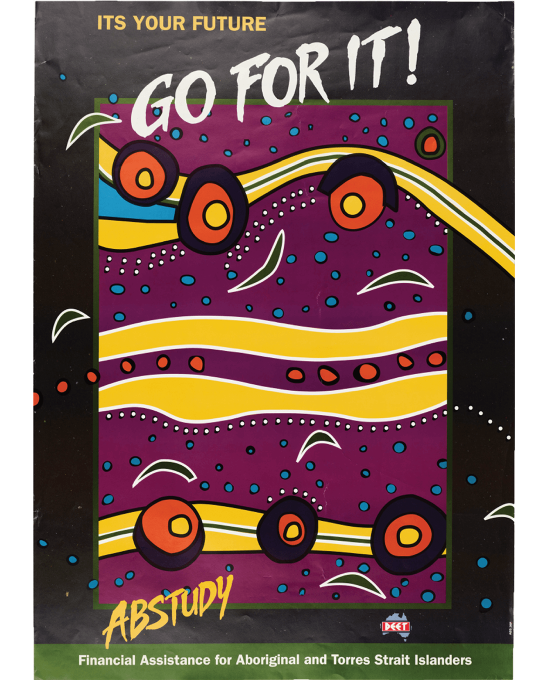
1993
DSS advertises JET Program in video
To encourage more Aboriginal and Torres Strait Islander parents to use the Jobs, Education and Training Program, DSS made a video featuring stories from customers and presented by prominent Aboriginal women.

1994
Community Agents support people in remote areas
In 1987, DSS began the Community Agent Program to help support Aboriginal people in remote and regional areas. In 1990, the department researched how to improve the program and followed up with a detailed handbook for agents.
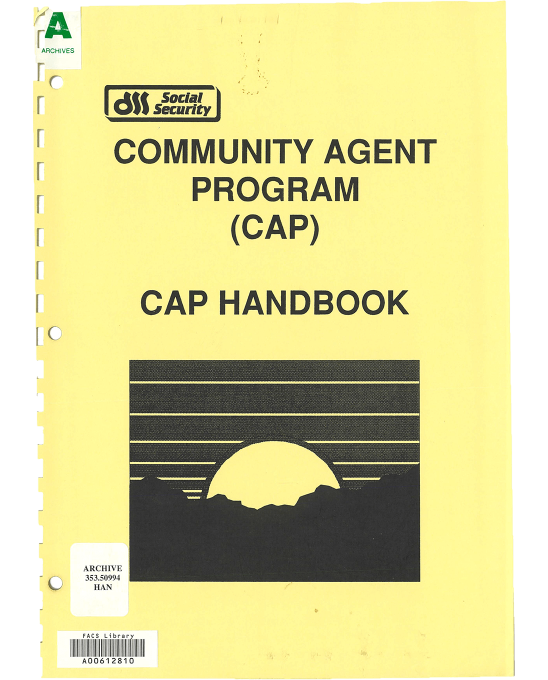
1994
Video helps staff explain new payments
DSS made a video to help staff introduce new payments to Aboriginal and Torres Strait Islander customers. The video shows how to apply and how to help customers in remote areas.
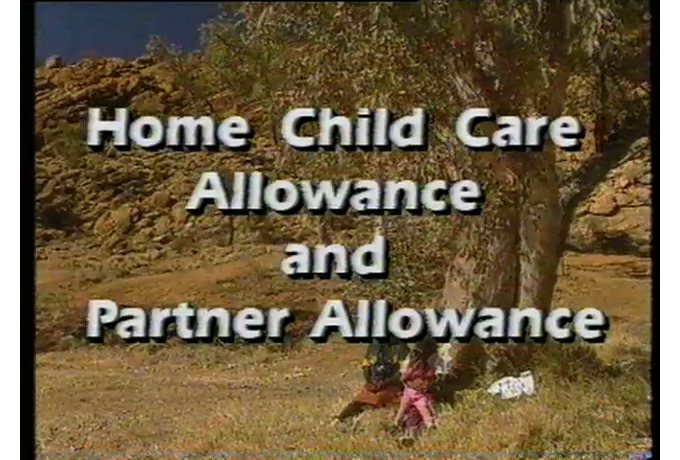
1995
Review of SNAP Program shows positive results
A DSS review of the Support Network for Aboriginal and Torres Strait Islander Parents Program showed how the program had helped communities. The review also made recommendations to further improve the program.

1995
Video explains Appeals Guest Placement Program
DSS made a video explaining the Appeals Guest Placement Program to Aboriginal and Islander Officers (AILOs). The program helped AILOs learn how to help customers make appeals.
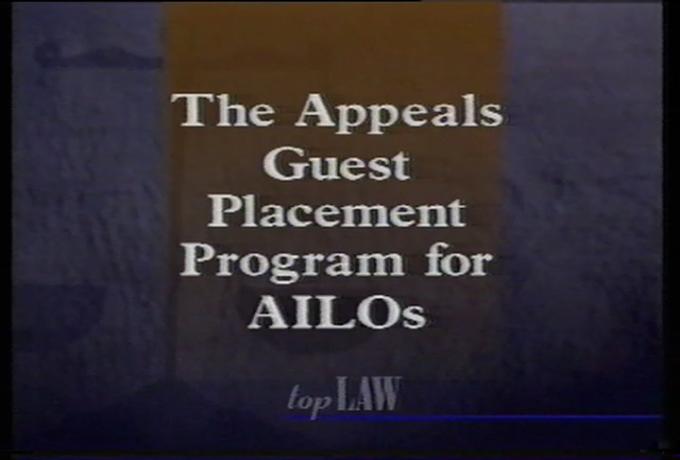
1995
Aboriginal media figure explains changes to payments for women
When women started to get government payments themselves, DSS produced a video tailored to Aboriginal and Torres Strait Islander women.
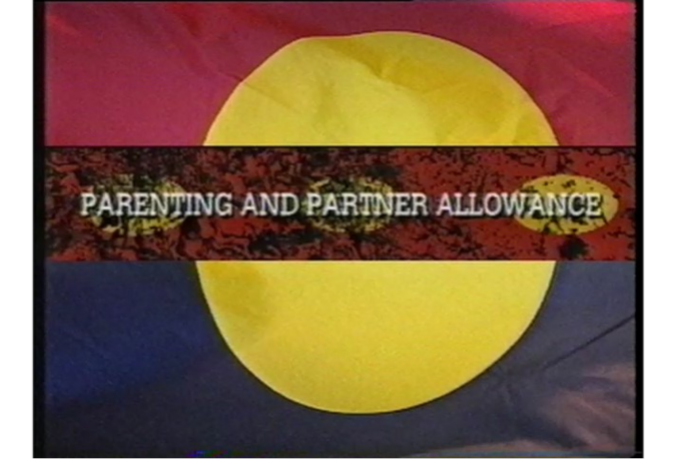
1995
Study finds government communication lacking
A study into communication preferences among Aboriginal and Torres Strait Islander communities showed DSS needed to better account for community needs.
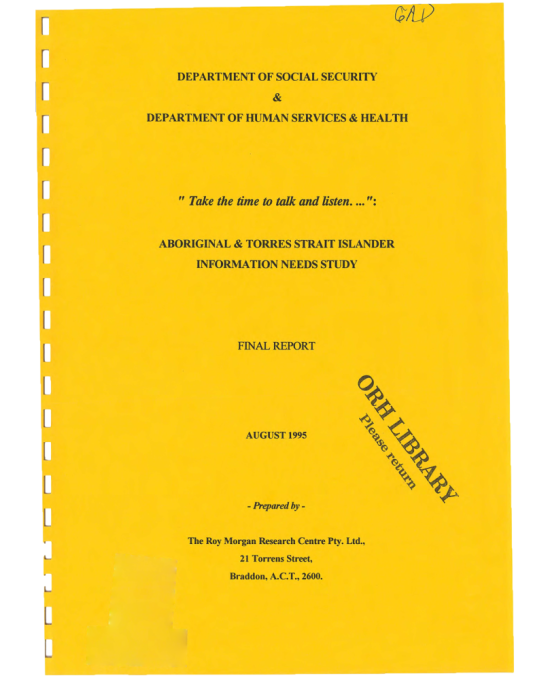
1997
Centrelink launches
The creation of Centrelink in 1997 started a new era of social service delivery in Australia.
